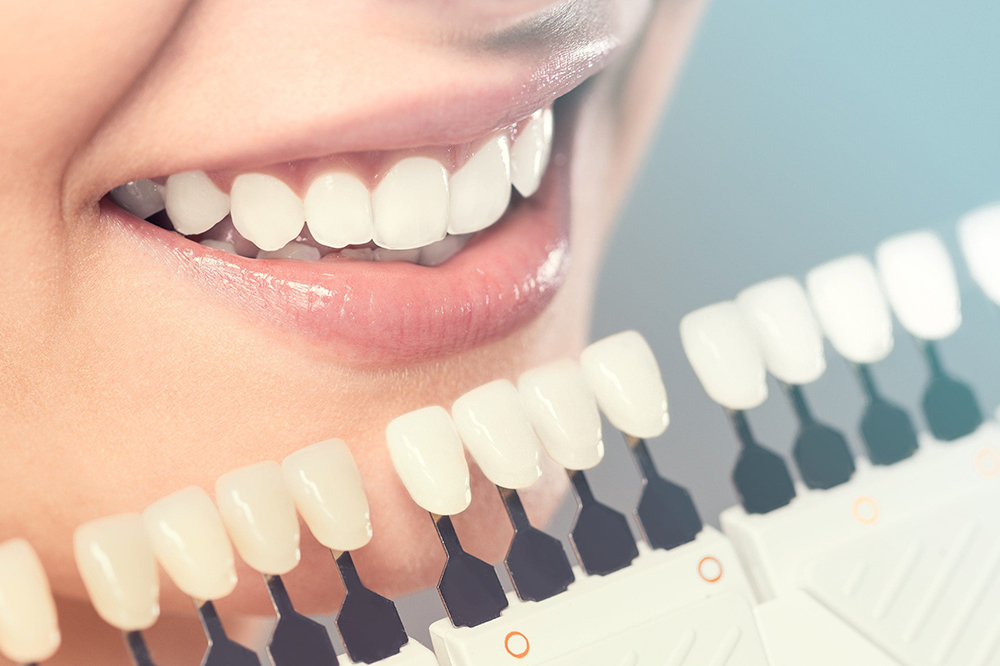
At Kosmic Dental Clinic, we specialize in transforming smiles through advanced cosmetic dentistry. Our expert team, led by Dr. Vikram Ahuja, offers personalized treatments to help you achieve the smile you've always desired. Whether you're looking for teeth whitening, dental veneers, or a complete smile makeover, we provide comprehensive solutions tailored to your needs
Cosmetic dentistry aimed at creating a positive change to your teeth and to your smile. It is a method of professional oral care that focuses on improving the appearance of your teeth. And although cosmetic dentistry procedures are usually elective rather than essential, some treatment cases provide restorative benefits.
Smile enhancement can have dramatic results on your overall appearance; even the smallest step can boost your confidence, self-esteem, and make you want to smile more.
Helpful Cosmetic Dentistry Procedures
Cosmetic dentistry is a specialized branch of dentistry aimed at improving the appearance of your teeth, gums, and smile. While many procedures are elective, they often provide functional benefits as well. Our treatments range from teeth whitening to full smile makeovers, ensuring you leave with a more confident and beautiful smile.
We offer affordable cosmetic dentistry in Lucknow with flexible EMI options, all under one roof in our state-of-the-art cosmetic dental clinic in Gomti Nagar.
Explore our comprehensive range of cosmetic dental services designed to enhance your appearance and oral health.
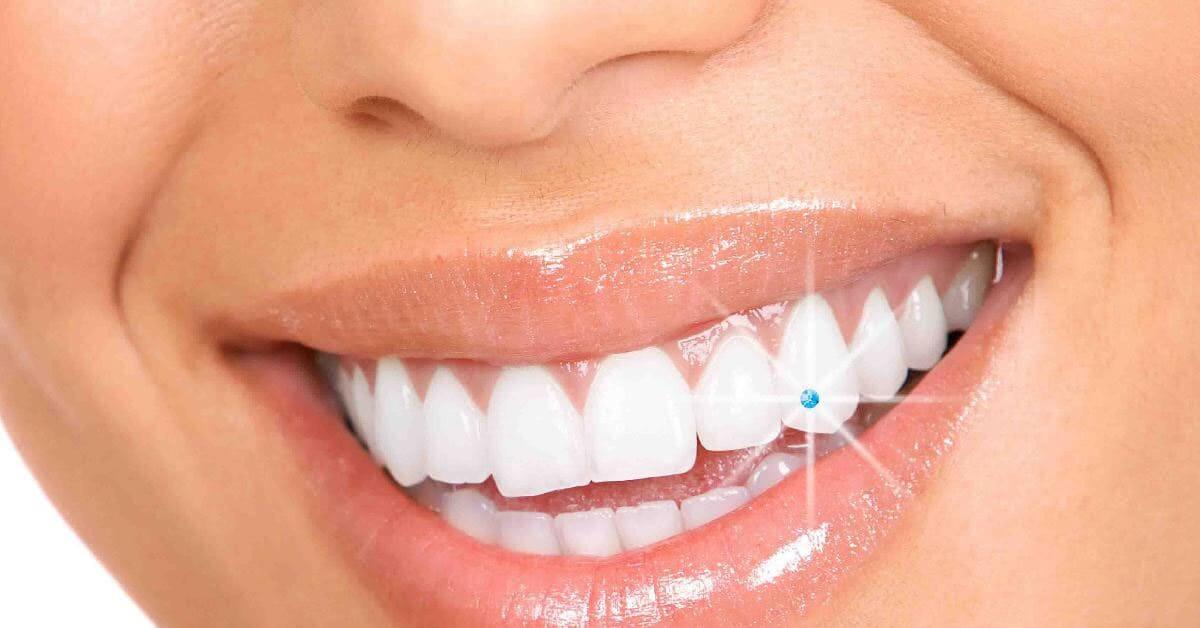
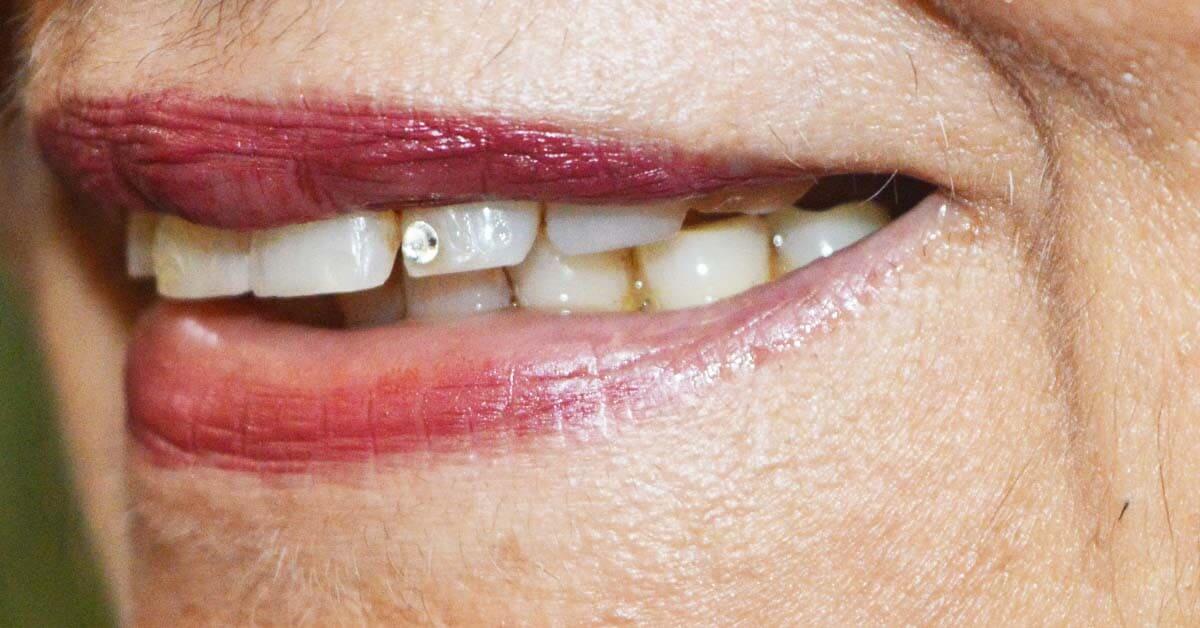
Add a sparkle to your smile with safe and stylish dental jewelry in Lucknow. Choose from acrylic, crystal, or gold gems applied without drilling, all at our dental jewelry near you in Lucknow.
An extraordinary smile brightens your face and makes it look more attractive. Absolute white teeth make your smile beautiful and leave you confident. If you are looking for a stylish and unique way to enhance your smile, consider adding tooth jewelry in Lucknow.
Tooth jewelry is a cosmetic dental accessory applied to the surface of your tooth. It's a painless, non-invasive procedure that allows you to express your individuality through your smile. Popular choices include gold tooth jewelry, Swarovski crystals, and other designer dental gems.
Don’t worry! Tooth gems are made from safe materials like acrylic, glass, or gold and have no sharp edges. If swallowed accidentally, they pass through your digestive system naturally and are excreted without harm.
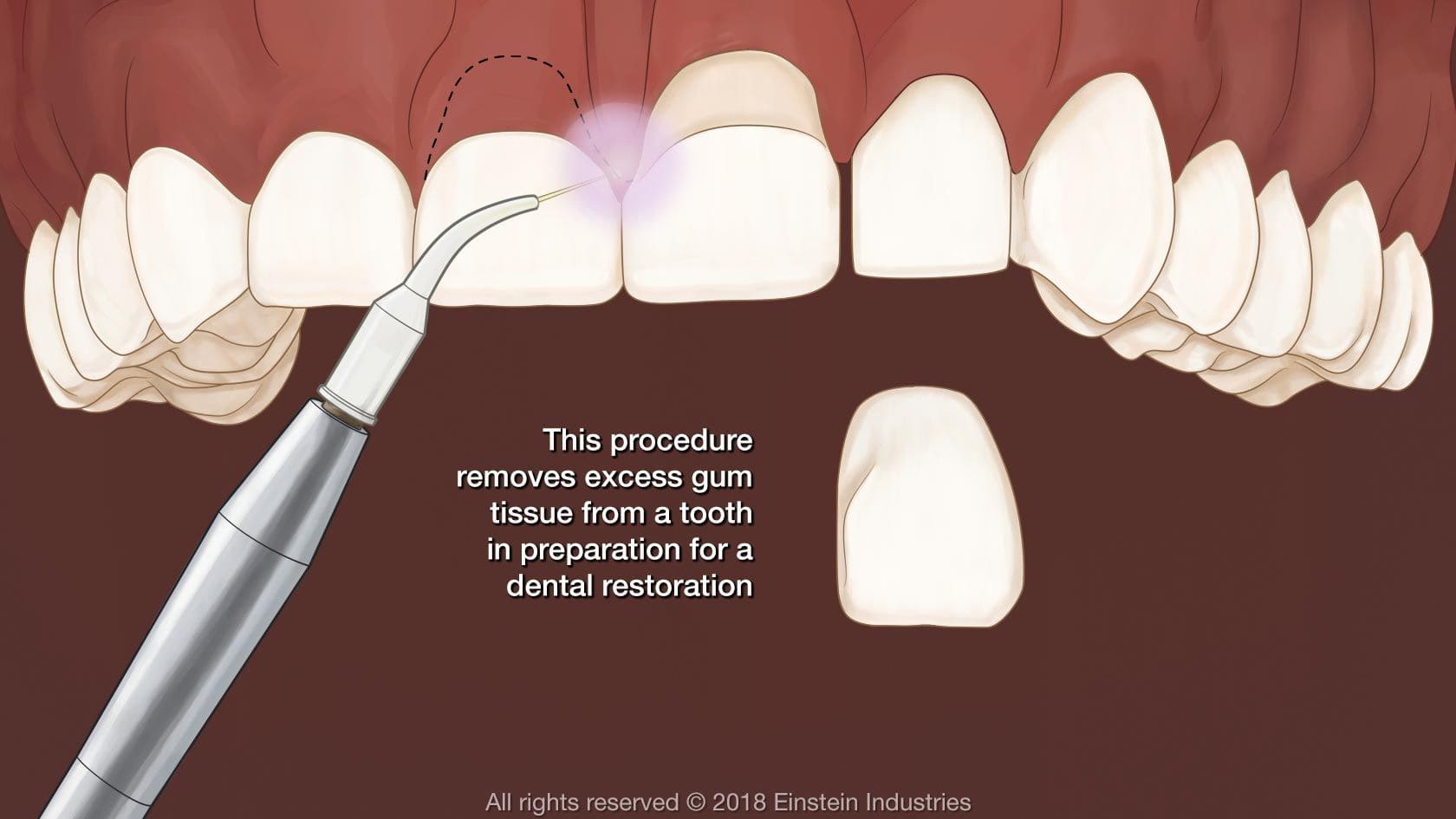
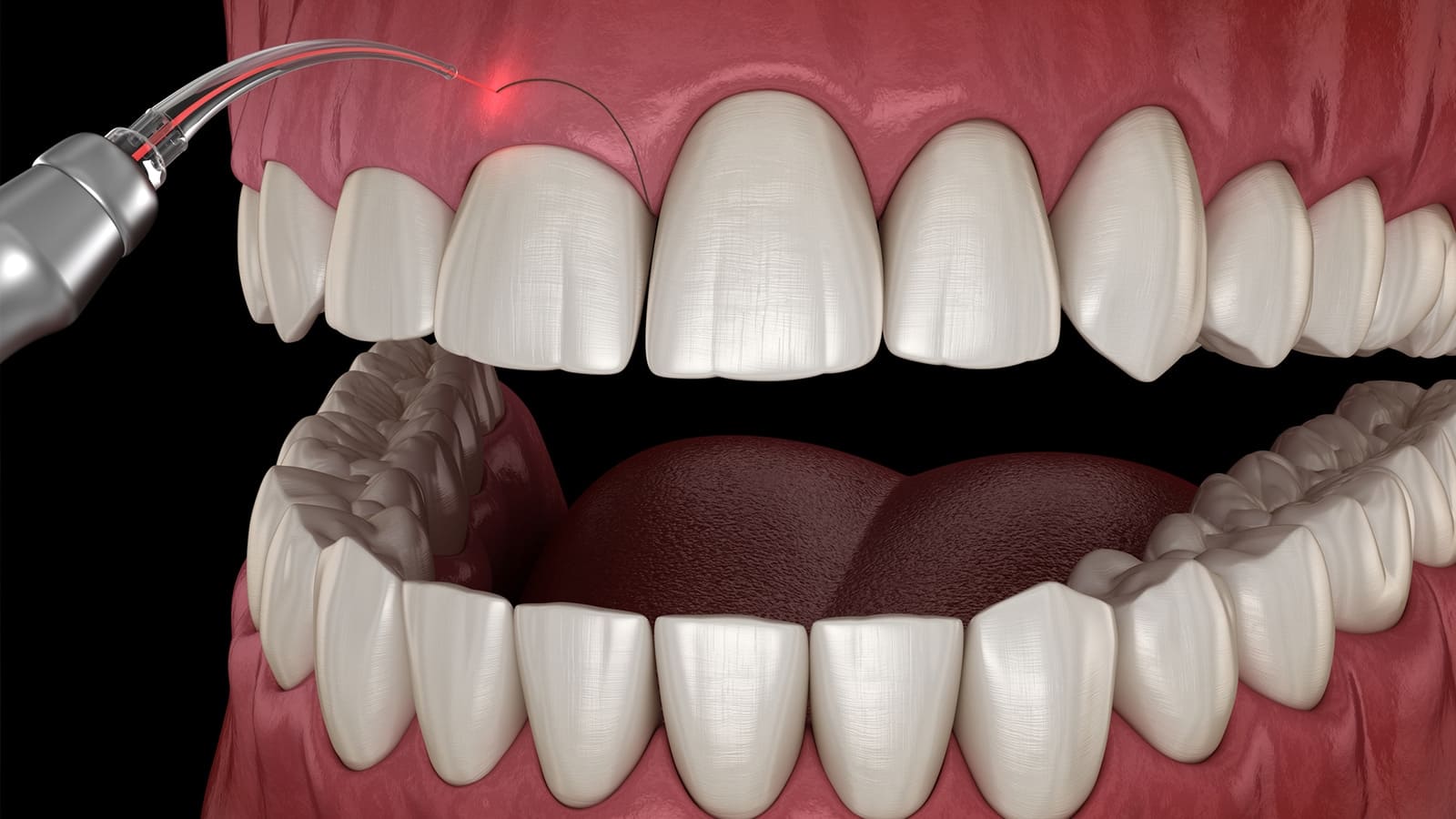
Crown lengthening is a specialized cosmetic dental procedure in Lucknow that involves removing excess gum tissue to expose more of the natural tooth structure. This treatment is often recommended to improve gum symmetry, correct a gummy smile, or prepare a tooth for restorative dental work such as crowns or veneers.
At Kosmic Dental Clinic, we offer both traditional crown lengthening surgery and laser crown lengthening using diode laser technology. The laser-assisted gum contouring technique is a minimally invasive, painless procedure that ensures faster healing, precision, and high patient satisfaction.
Patients with excess gingival tissue often find that their teeth appear short or uneven. Through laser gum contouring in Lucknow, we help you achieve a balanced, symmetrical smile that complements your facial features.
Searching for gummy smile correction in Lucknow or laser crown lengthening near me? Trust the expertise of the best cosmetic dentist in Lucknow at Kosmic Dental Clinic, Gomti Nagar.
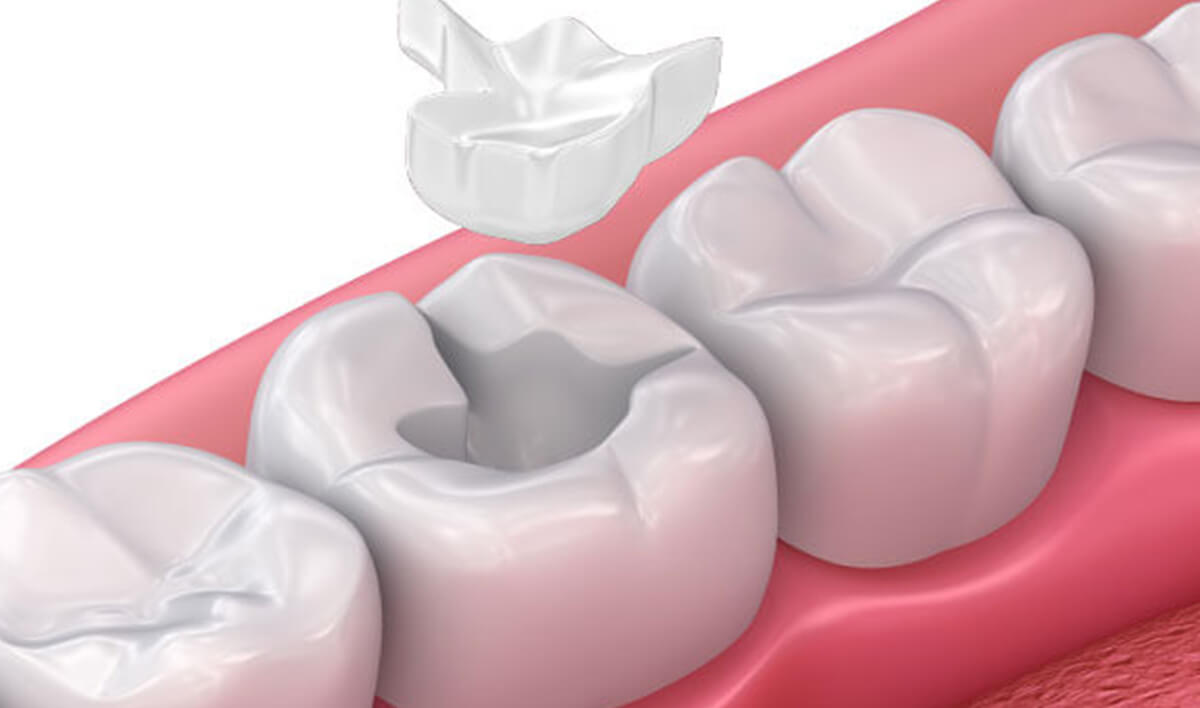
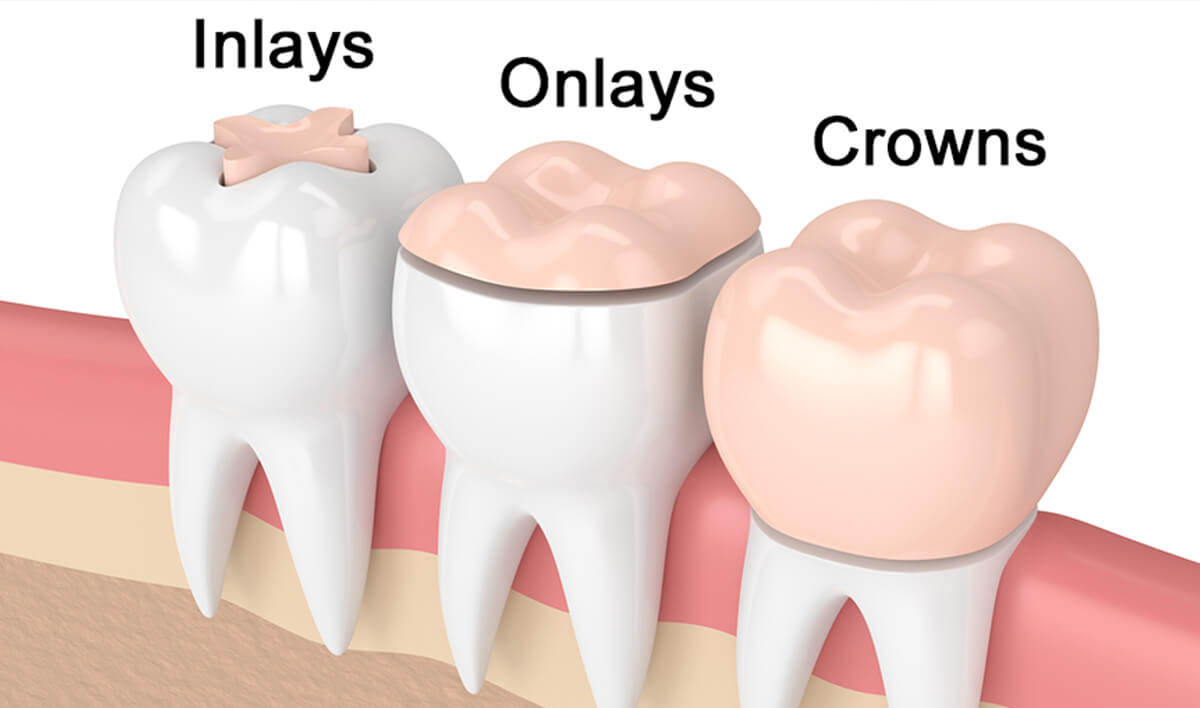
Inlays and onlays are advanced cosmetic dental treatments also referred to as indirect fillings. These restorations are custom-made by a dental laboratory in Lucknow, offering a long-lasting solution when a tooth has mild to moderate decay or lacks sufficient structure to support a standard filling.
If there is no damage to the tooth cusps, an inlay is bonded to the center of the tooth. However, when the damage extends to one or more cusps, your cosmetic dentist in Lucknow may recommend an onlay, which covers the entire biting surface of the tooth.
Traditionally made of gold, inlays and onlays in Lucknow are now crafted from durable, aesthetic materials like porcelain, ceramic, or composite resin. These materials blend seamlessly with your natural teeth and are fixed using strong dental adhesive cement.
Whether you're dealing with cavities or want a stronger alternative to fillings, inlays and onlays by the best cosmetic dentist in Lucknow provide exceptional durability and aesthetics.
Looking for affordable and high-quality dental inlays and onlays near me in Lucknow? Visit Kosmic Dental Clinic, your trusted cosmetic dental clinic in Gomti Nagar.
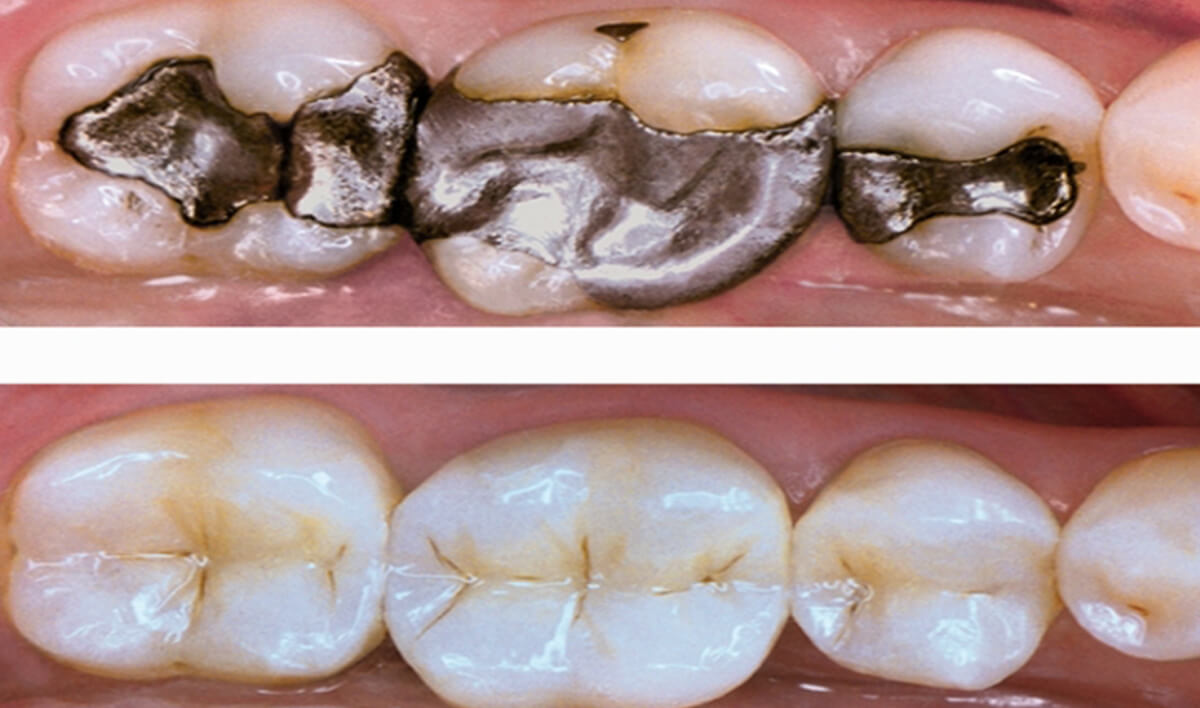
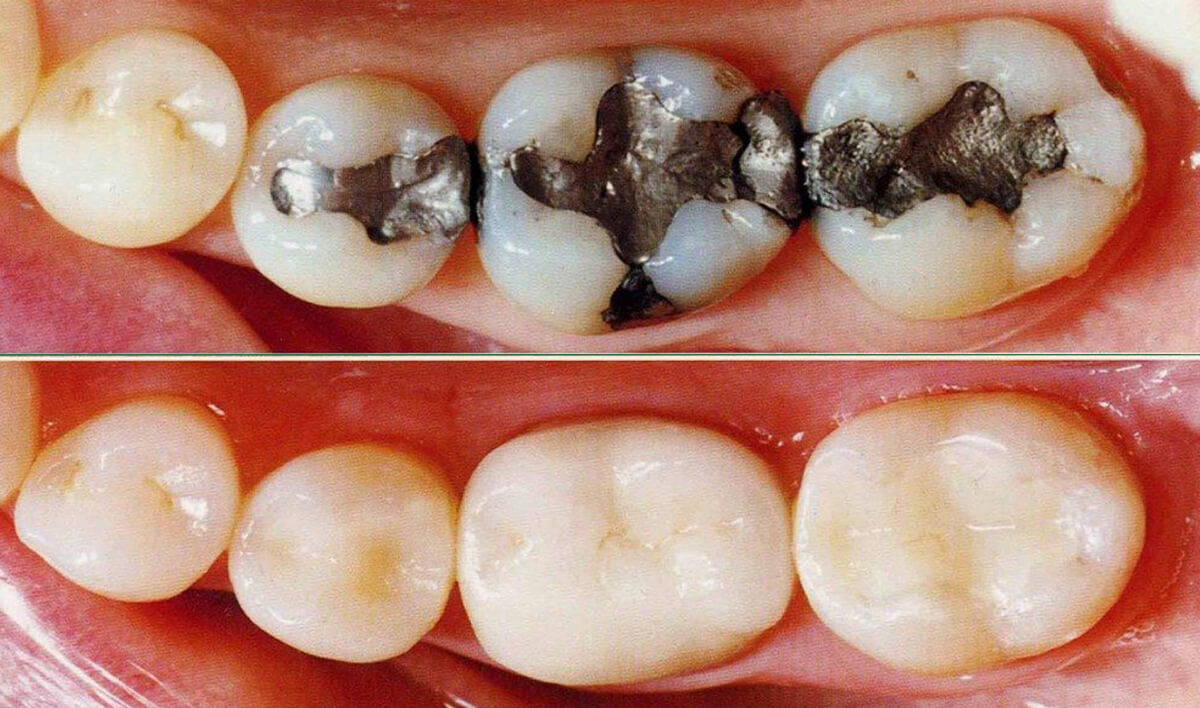
Composite bonding, also known as dental bonding, is a popular cosmetic dental procedure in Lucknow that effectively repairs decayed, chipped, cracked, or discolored teeth. This treatment involves using a tooth-colored composite resin that mimics natural enamel to restore your smile aesthetically and functionally.
At Kosmic Dental Clinic, your best cosmetic dentist in Lucknow will begin by gently removing the decayed or damaged portion of the tooth. The composite resin is then skillfully applied to the surface, sculpted to match the tooth’s natural shape, and hardened using a high-intensity curing light. This non-invasive treatment gives the appearance of a natural, healthy tooth.
Composite bonding is one of the most cost-effective smile enhancement treatments available today. Whether you’re looking to fix a cracked tooth, reshape a worn-down edge, or close a gap between teeth, bonding can dramatically improve your smile with minimal time and effort.
Looking for composite bonding dentists near you in Lucknow? Visit Kosmic Dental Clinic, the trusted name for affordable and painless cosmetic dentistry in Lucknow.
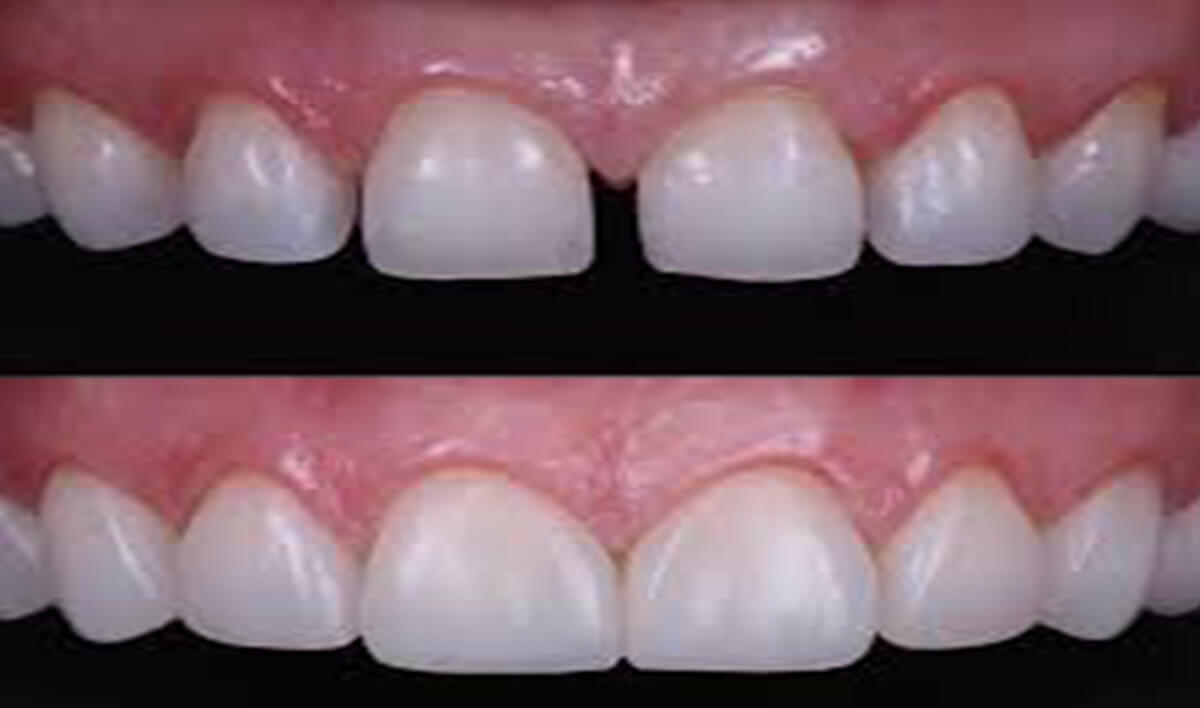
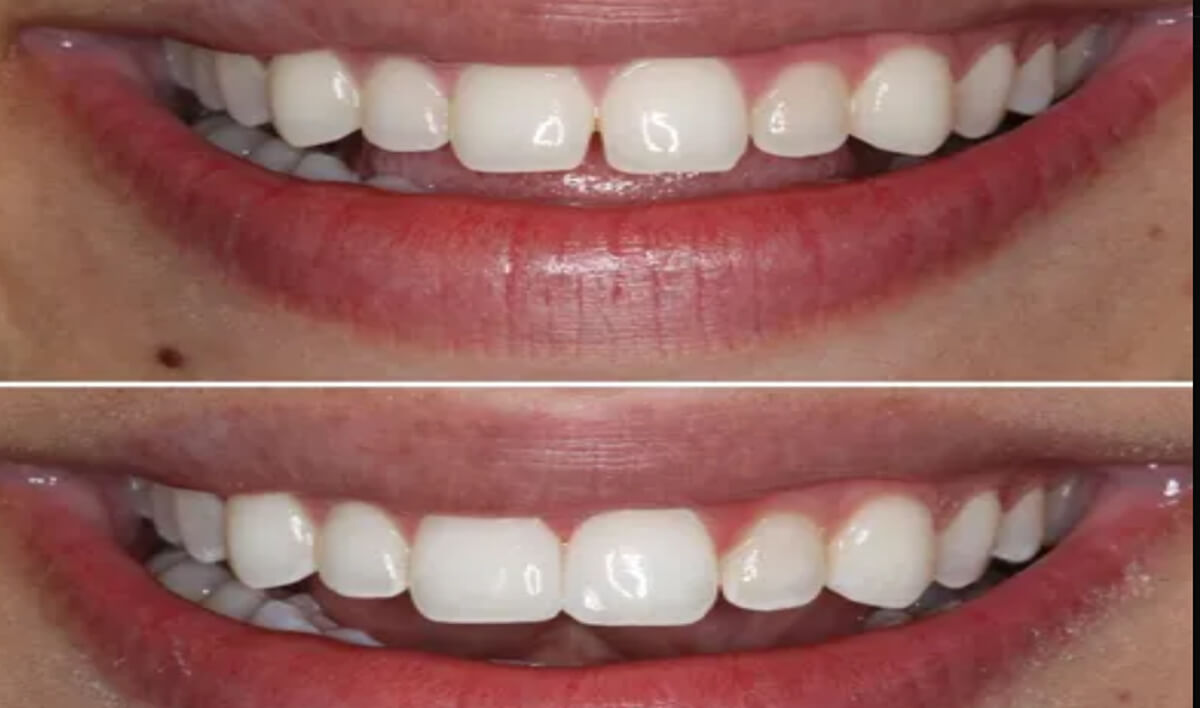
Dental veneers are ultra-thin, custom-made shells made from medical-grade ceramic or porcelain, designed to cover the front surface of teeth. At Kosmic Dental Clinic, we specialize in dental veneers in Lucknow to correct a variety of cosmetic dental imperfections, including:
Our expert cosmetic dentists in Lucknow use high-quality porcelain veneers to deliver results that are incredibly natural, durable, and aesthetically pleasing. Each veneer is bonded to the front of the tooth using advanced dental adhesives, resulting in a seamless and long-lasting smile enhancement.
Whether you’re looking for a complete smile makeover, or simply want to cover stubborn stains or uneven teeth, dental veneers in Gomti Nagar, Lucknow can offer a fast and dramatic transformation.
Looking for the best cosmetic dentist for veneers near you? Trust Kosmic Dental Clinic, one of the top-rated cosmetic dental clinics in Lucknow, known for its excellence in smile design and aesthetic dentistry.
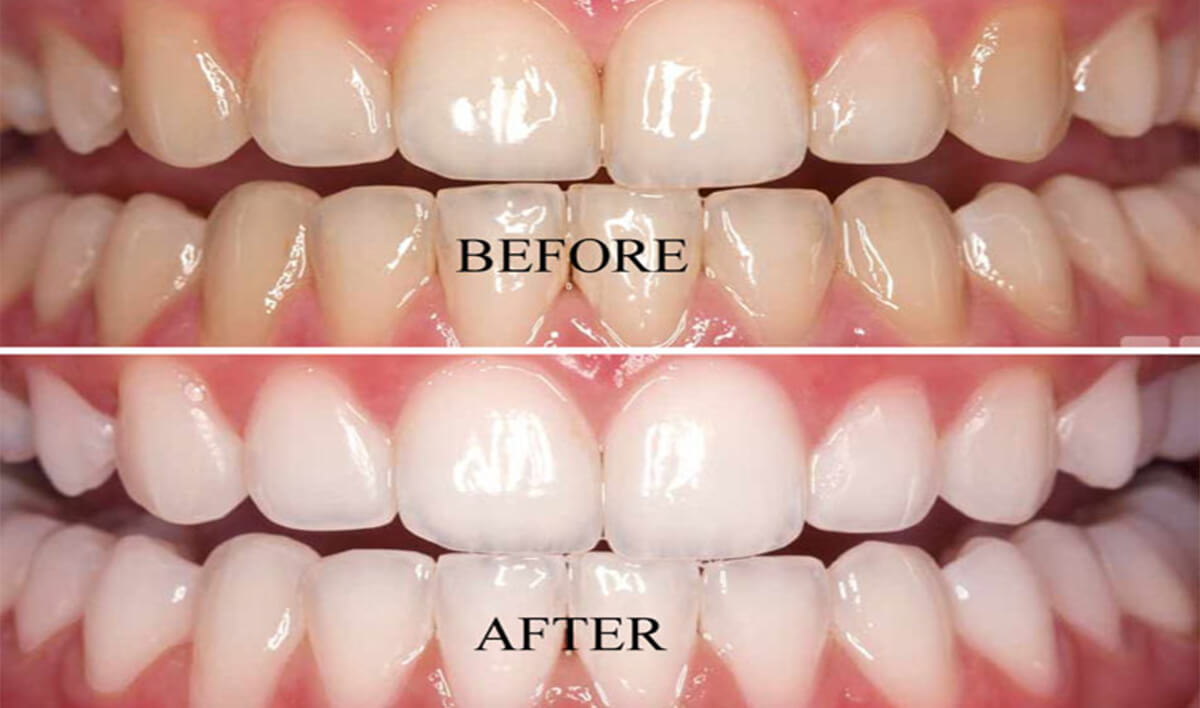
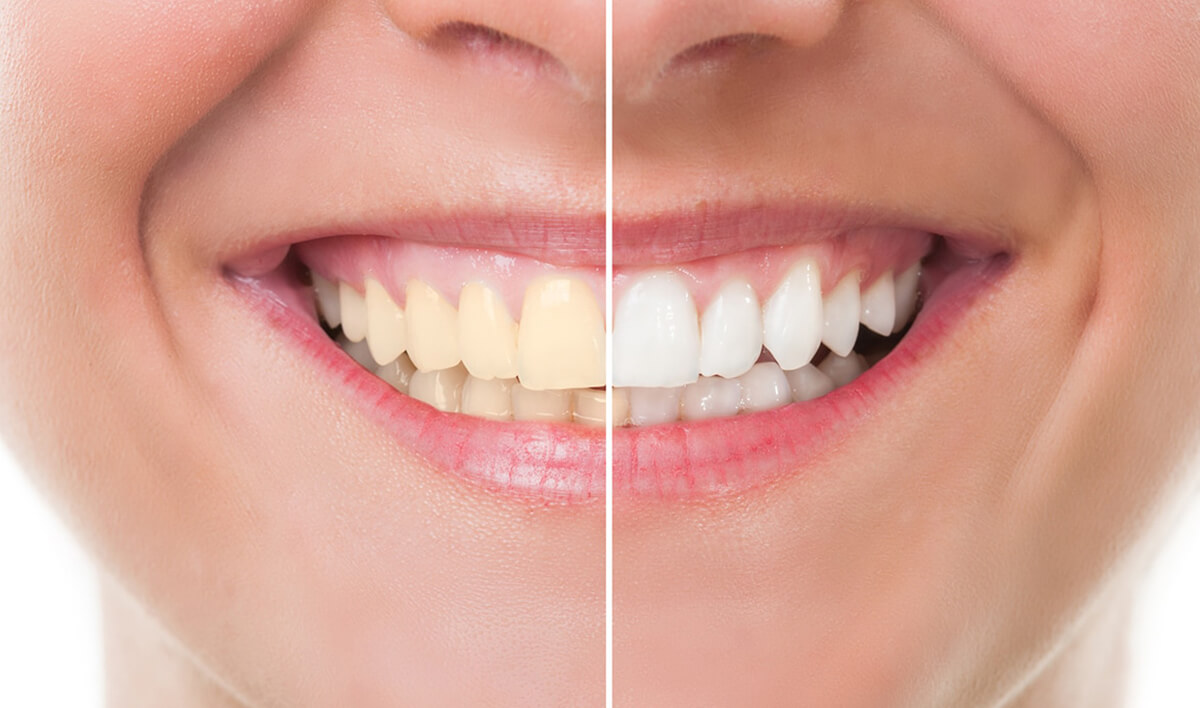
Teeth whitening is one of the most in-demand cosmetic dental treatments in Lucknow, known for its ability to deliver a brighter, whiter smile in just one session. At Kosmic Dental Clinic, we offer both in-office professional teeth whitening and at-home teeth whitening kits designed to remove years of stains and discoloration caused by:
Our expert cosmetic dentists in Lucknow begin the process by thoroughly cleaning your teeth to remove plaque, tartar, and surface stains, restoring your smile’s natural beauty. A safe and effective dental-grade bleaching agent is then applied to achieve up to 3–5 shades lighter teeth in just one visit.
We also provide customized home whitening kits for patients who prefer gradual whitening from the comfort of their home. These kits are dentist-approved and show visible results in 1 to 2 weeks, with optimal whitening in 4 weeks.
If you're looking for affordable teeth whitening in Gomti Nagar, Lucknow, or wondering if teeth whitening by a dentist is safe, Kosmic Dental Clinic has your smile covered.
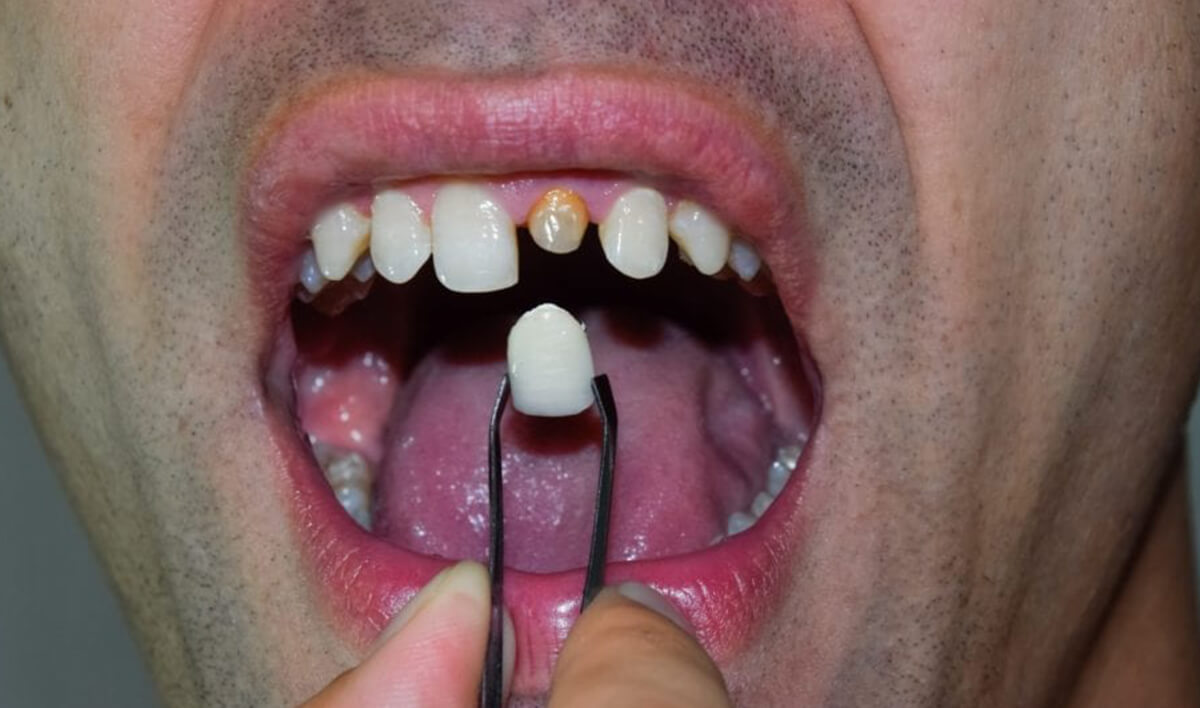
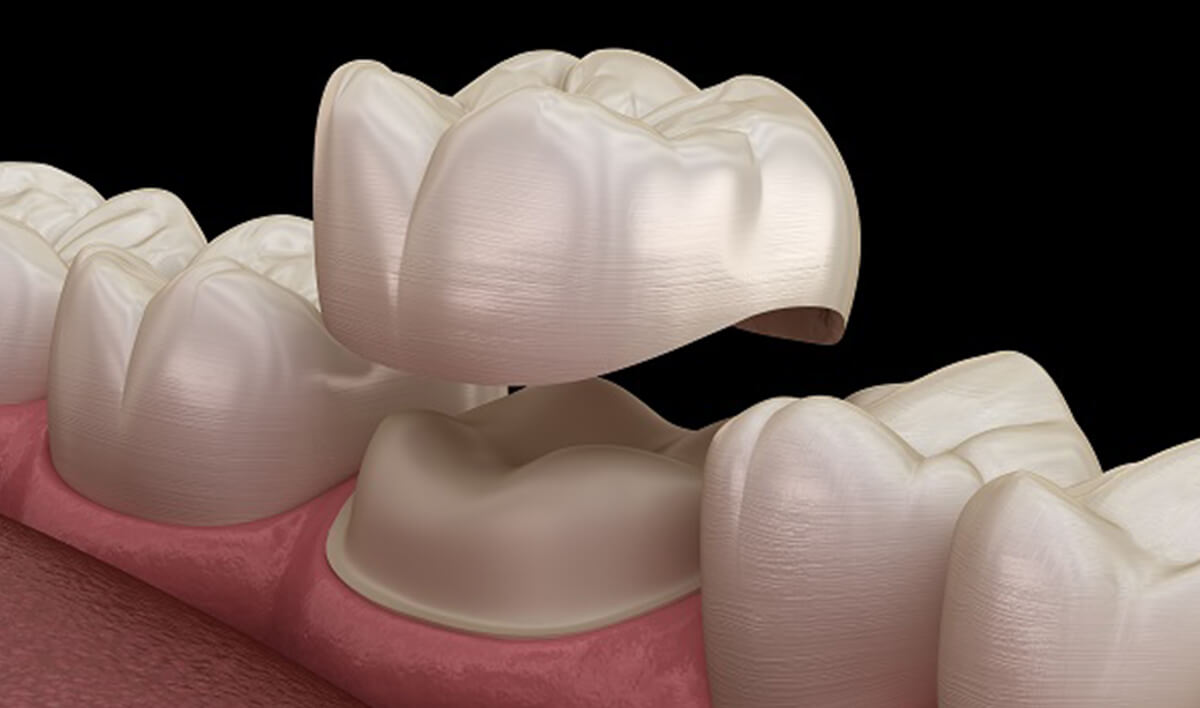
A dental crown, also known as a tooth cap, is a restorative and cosmetic dental solution designed to cover a damaged, decayed, or aesthetically unappealing tooth. At Kosmic Dental Clinic, we offer high-quality dental crowns in Lucknow, including zirconia crowns, porcelain crowns, and metal-free cosmetic crowns for a natural and durable solution.
Dental crowns are used to :
Our team of cosmetic dentists in Gomti Nagar, Lucknow specializes in providing painless, long-lasting, and aesthetic dental crown treatments tailored to your needs. Whether you need a full ceramic crown for front teeth or a zirconia crown for durability, we offer advanced solutions to restore both function and beauty to your smile.
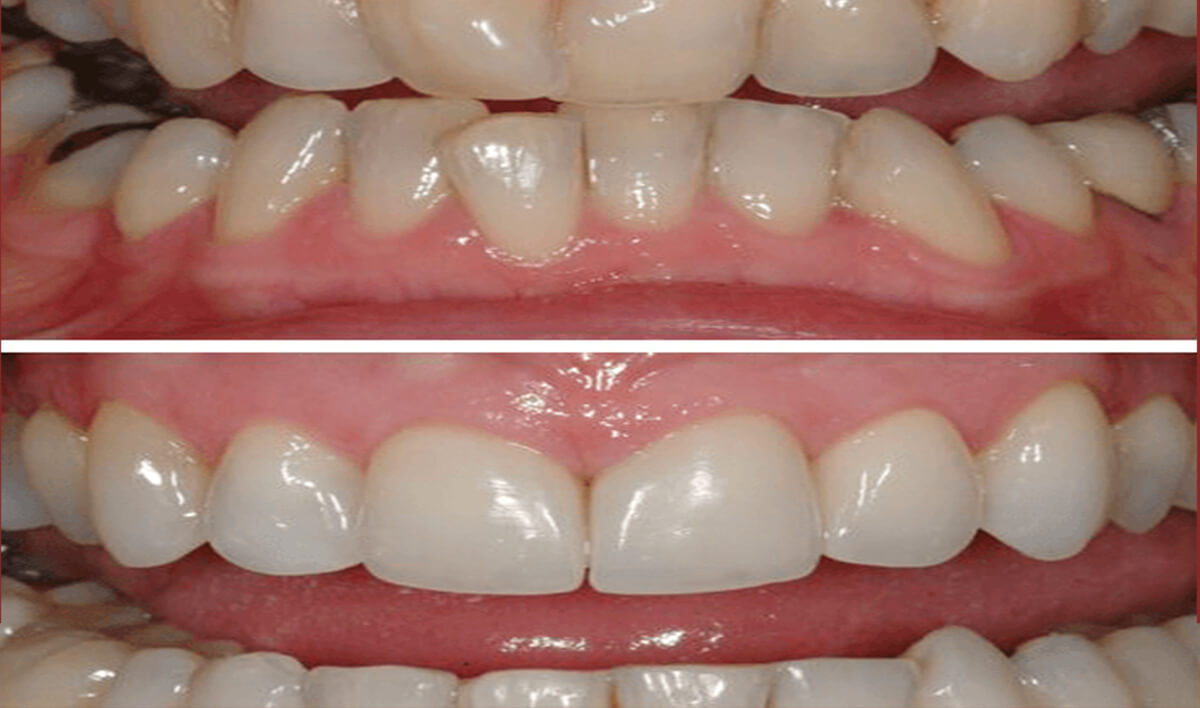
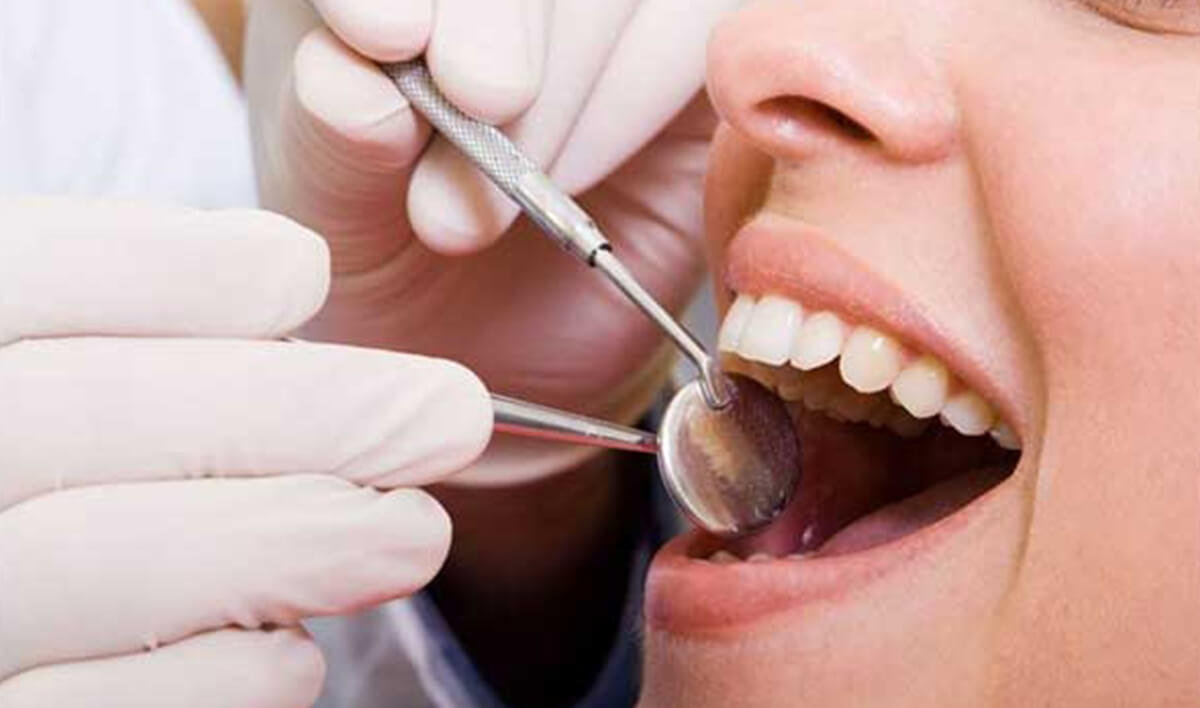
Enamel shaping, also known as tooth contouring, is a popular cosmetic dental treatment in Lucknow designed to correct minor imperfections in teeth, such as uneven edges, small chips, slightly overlapping teeth, and irregular shapes. This painless and quick procedure involves gently removing a small amount of tooth enamel to enhance the overall appearance of your smile.
At Kosmic Dental Clinic, our expert cosmetic dentists in Gomti Nagar, Lucknow specialize in advanced enamel reshaping techniques using state-of-the-art equipment to ensure precision and comfort. This treatment is often combined with teeth whitening, composite bonding, or smile designing for a complete smile makeover.
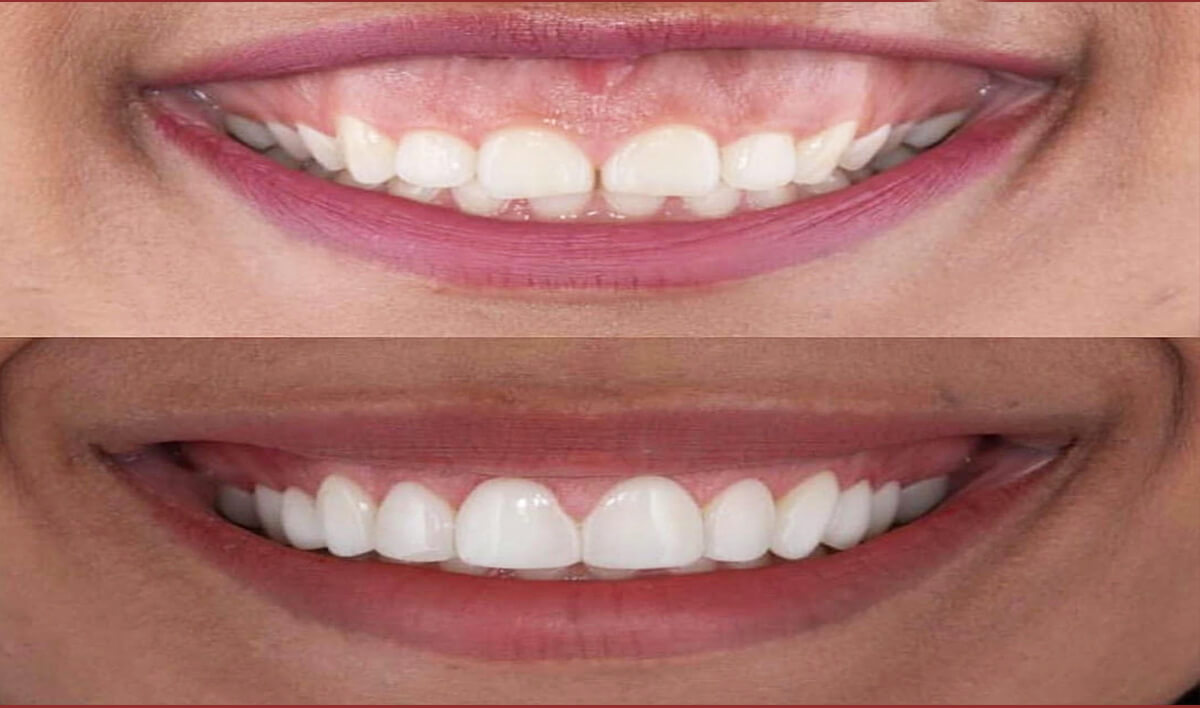
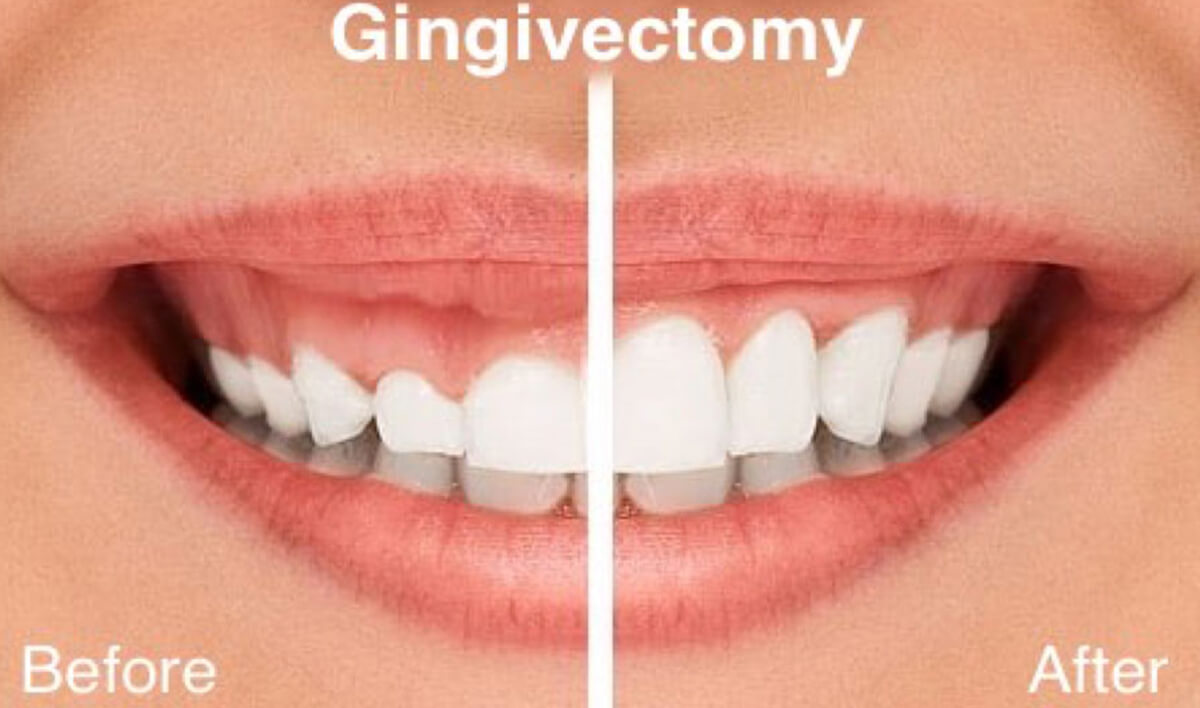
Gum reshaping, also known as gum contouring or gingival sculpting, is a highly effective cosmetic dentistry treatment in Lucknow designed to correct gummy smiles, uneven gum lines, and excess gum tissue. At Kosmic Dental Clinic, located in Gomti Nagar, Lucknow, we offer laser gum reshaping with advanced technology for painless, precise, and quick results.
If your smile shows too much gum or your teeth appear short due to excess gum coverage, gum reshaping treatment can help expose more of your natural teeth, giving your smile a more symmetrical and aesthetically pleasing appearance.
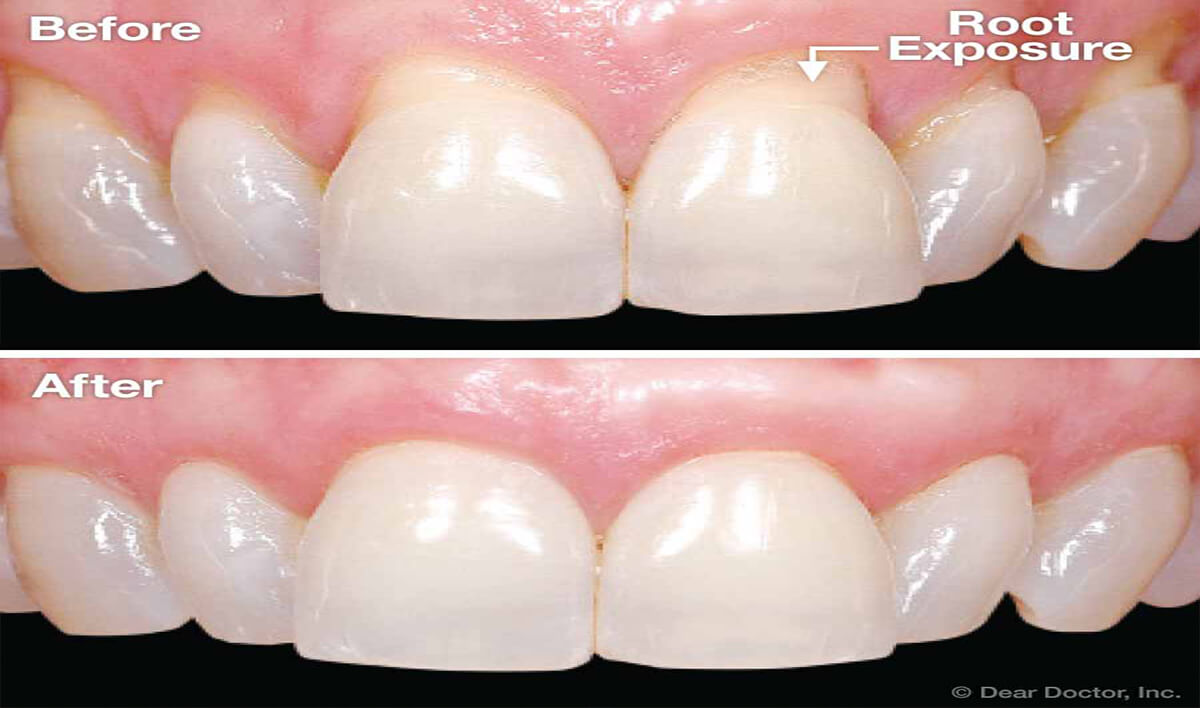
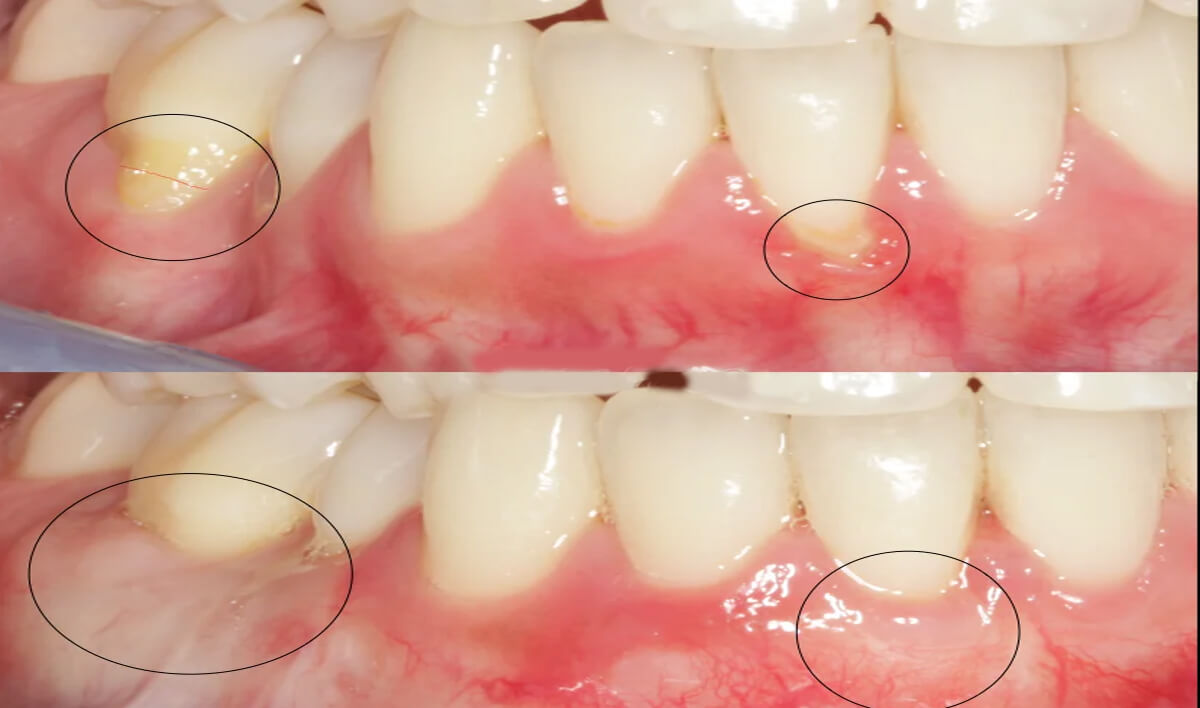
Gum grafting, also known as gingival grafting, is a highly effective cosmetic dental treatment for patients suffering from receding gums, tooth sensitivity, or exposed tooth roots. At Kosmic Dental Clinic in Lucknow, our team of the best cosmetic dentists and periodontal specialists provides safe and precise gum graft procedures to restore gum health and improve smile aesthetics.
If you have gum recession, your teeth may appear longer, and you may experience discomfort, especially while consuming hot or cold foods. A gum graft surgery helps:
We offer minimally invasive gum grafting in Lucknow using the latest techniques for fast recovery and minimal discomfort. Whether you're looking for receding gum treatment, smile correction, or support for veneers and crowns, we provide customized gum graft solutions to meet your dental goals.
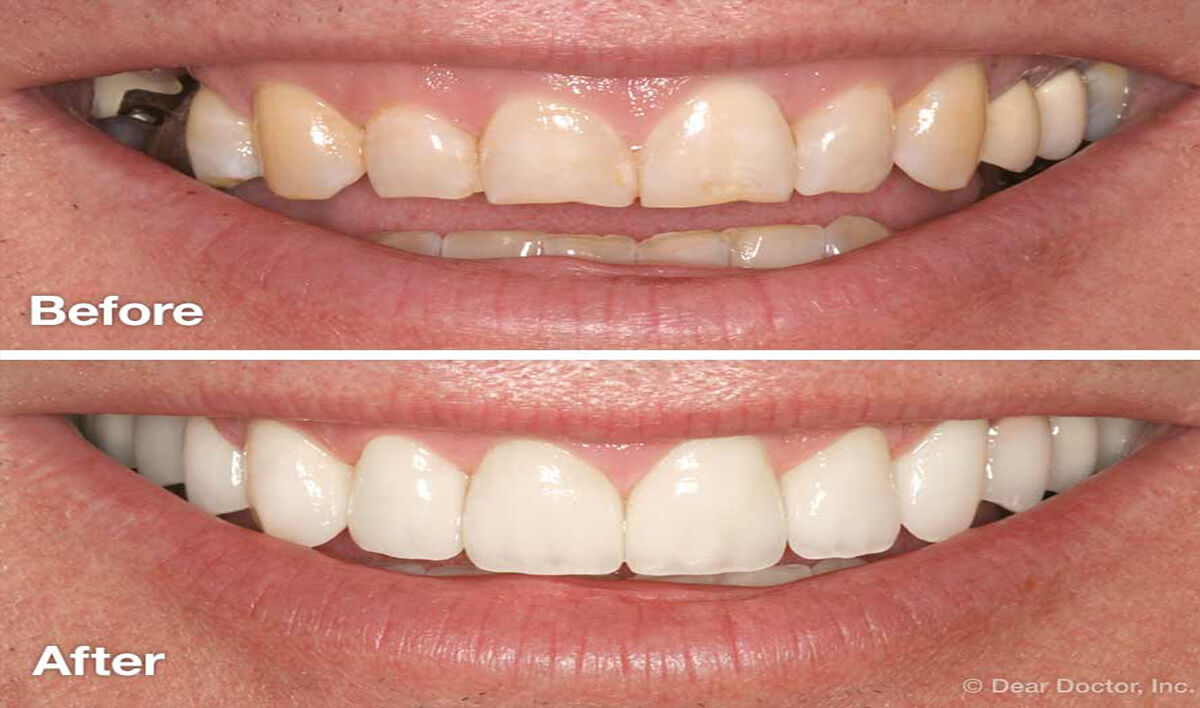
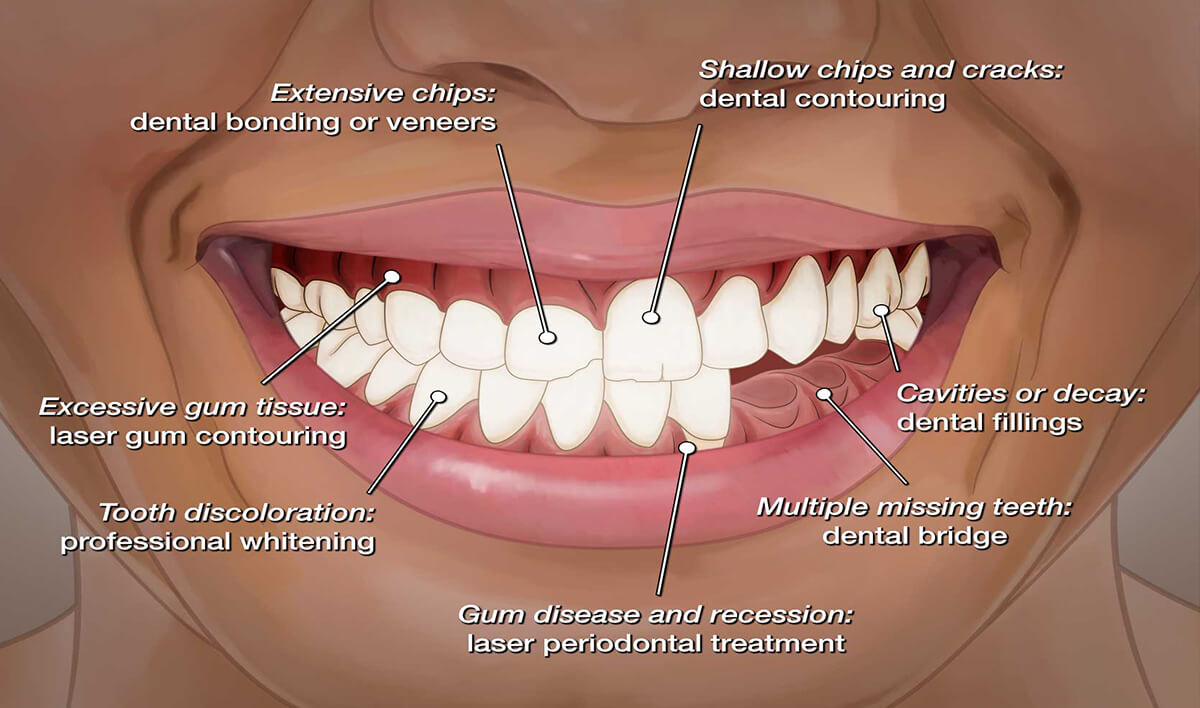
A Smile Makeover is a customized combination of cosmetic dental procedures designed to enhance the overall appearance of your smile. At Kosmic Dental Clinic, we offer the best smile makeover in Lucknow, using advanced techniques to correct stained, chipped, misaligned, or missing teeth—giving you a confident, radiant smile.
Whether you're preparing for a special occasion or simply want to improve your look, our expert cosmetic dentists in Lucknow tailor each treatment plan based on your facial structure, skin tone, gum line, lips, and personal preferences.
Your smile transformation treatment may include one or more of the following:
Dental implants are the most advanced and natural-looking solution for replacing lost or damaged teeth. At Kosmic Dental Clinic, we offer affordable dental implants in Lucknow, ensuring comfort, durability, and a natural smile restoration.
A dental implant consists of a biocompatible titanium screw inserted into the jawbone to act as an artificial root. Once healed, a custom-made dental crown is placed on top to mimic the appearance and function of a real tooth. Our expert implant dentists in Lucknow use the latest technology for safe, precise, and minimally invasive placement.
